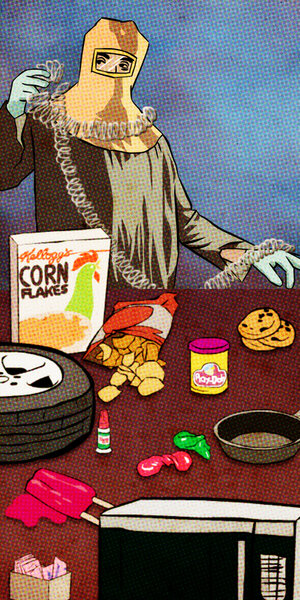Chemist William Perkin wanted to cure malaria. Instead, he started a new movement in the fashion industry.
In 1856, Perkin was an 18-year-old student at the Royal College of London. He attempted to create artificial quinine, an anti-malaria drug derived from tree bark. He was unsuccessful. However, his curiosity spiked when his failures resulted in a thick, purple sludge.
The color caught his eye. The sludge, made with a carbon-rich tar from distilled coal, took on a unique shade of purple, a very popular color in the fashion world at the time. Perkin was able to isolate the compound producing the color, which he named "mauve." Perkin had created the first-ever synthetic dye.
Perkin dropped out of school and his father, George, used his entire life savings to build a factory that produced mauve-colored items. Within a few years, the family became extremely wealthy.
Perkin’s dye was quite vibrant and didn’t fade or wash out, but that’s not the only good thing that came from Perkin’s new color. Mauve helped kick-start a chemistry revolution. Experiments from other labs soon resulted in thousands of useful carbon compounds, such as an actual artificial quinine.







